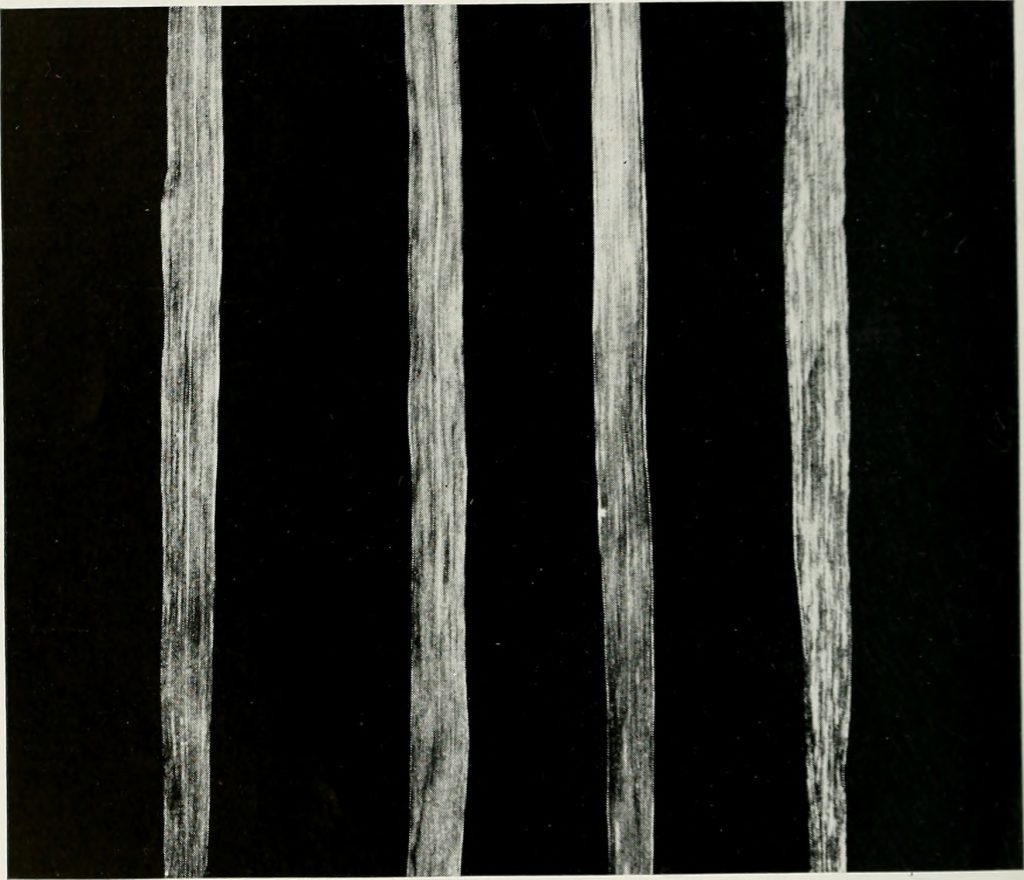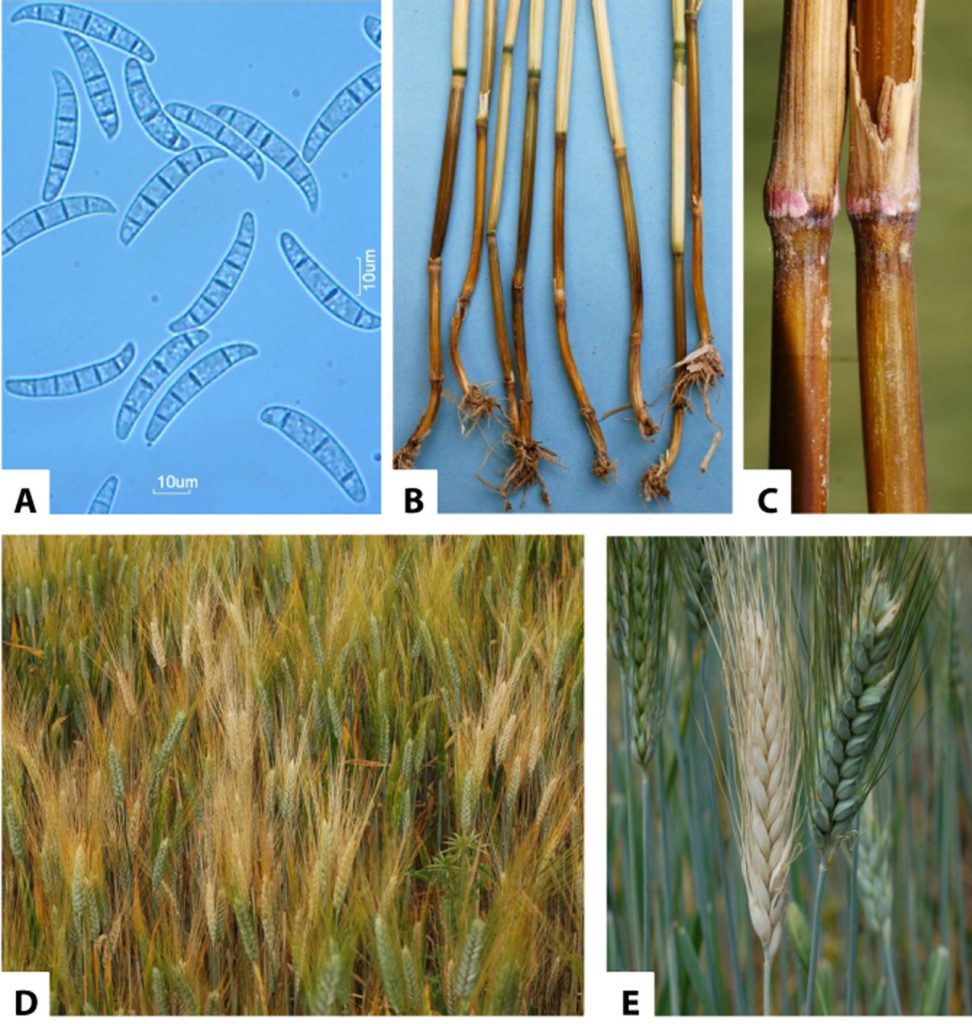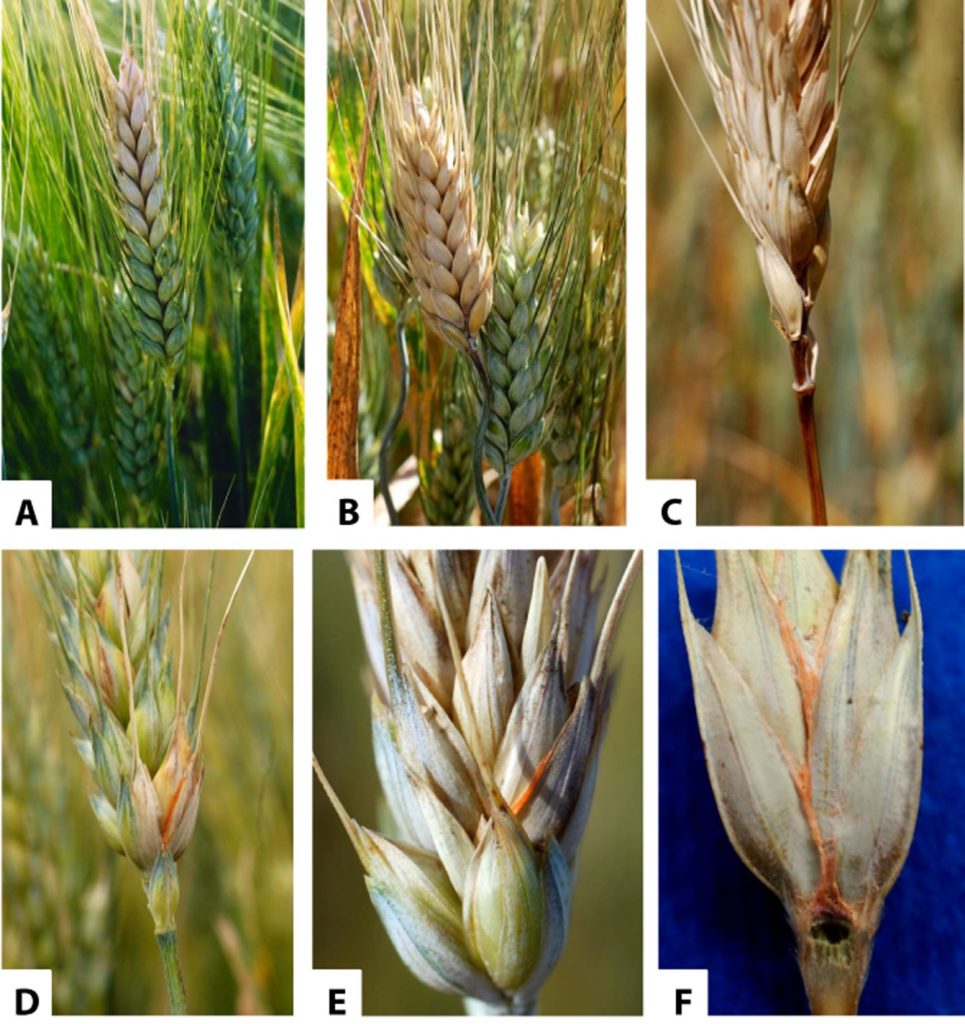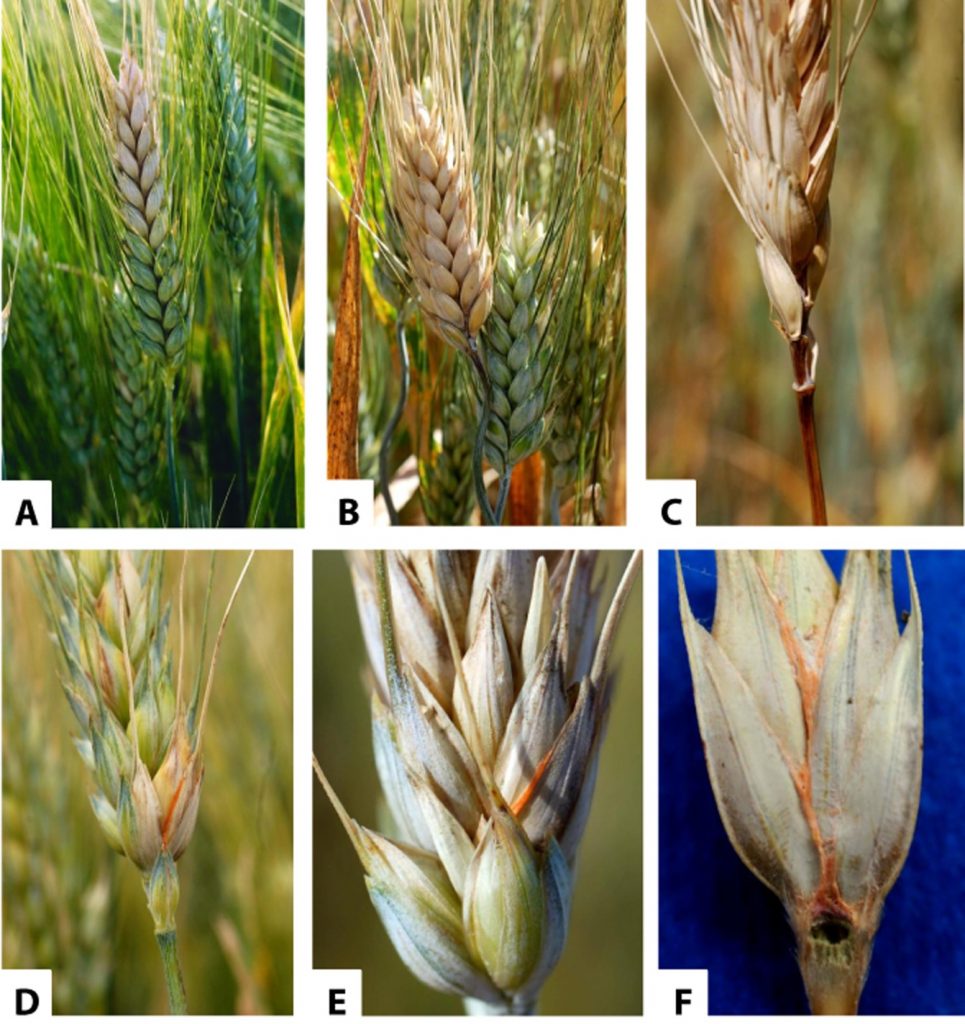
Wheat production faces numerous challenges, and one of the most significant threats comes from pests and viral diseases. Among these, wheat aphids and the Barley Yellow Dwarf Virus (BYDV) are two major factors that can severely impact crop yields. Both the aphids and the virus they transmit affect wheat crops in a variety of regions, with the severity of their impact varying according to local climate conditions, agricultural practices, and the effectiveness of pest and disease management strategies. This article explores the regions where wheat aphids and BYDV pose the greatest threat to wheat production and examines the resulting economic and yield losses.
Wheat Aphids and Their Role in Disease Transmission
Wheat aphids, particularly the greenbug aphid (Schizaphis graminum) and the bird cherry-oat aphid (Rhopalosiphum padi), are key pests in wheat fields. These insects feed on the phloem of wheat plants, weakening the crops and making them more susceptible to viral infections, including BYDV. Wheat aphids also excrete honeydew, which promotes the growth of sooty mold, further damaging the wheat plants and reducing photosynthesis.
Key Regions Affected by Wheat Aphids
United States
In the United States, wheat aphids are a major concern in the Great Plains, particularly in areas such as Kansas, Oklahoma, and Nebraska. These regions provide ideal conditions for aphid populations due to their relatively dry, warm climates during the growing season. The aphids thrive in these conditions and are capable of transmitting BYDV to wheat crops. The presence of both the aphids and the virus in these areas can lead to significant yield reductions, sometimes exceeding 30% in heavily infested fields.
Europe
In Europe, wheat aphids are a persistent problem in countries such as the United Kingdom, France, and Germany. The mild winter temperatures in these regions allow aphids to overwinter and continue their feeding in the spring. This early-season activity enables aphid populations to grow rapidly, increasing the likelihood of BYDV transmission. In years with high aphid populations, these regions can experience yield losses of up to 40%, especially in areas where farmers rely heavily on wheat as a staple crop.
China
China, particularly in the wheat-growing regions of the Yangtze River Basin and the North China Plain, also faces significant challenges from wheat aphids. These areas are prone to the aphid-transmitted BYDV, which affects wheat production by reducing both the quantity and quality of the harvest. In some instances, the combined impact of aphid feeding and viral infection can reduce yields by as much as 50%, exacerbating the pressure on local food security.
Australia
In Australia, wheat aphids are an important pest in the wheat-producing regions of Western Australia and parts of New South Wales. These areas are vulnerable to both aphid infestations and the spread of BYDV, which affects wheat yield and quality. Warm, dry conditions during the wheat-growing season provide an environment where aphids can reproduce quickly and spread the virus to crops, leading to reduced wheat production.
Barley Yellow Dwarf Virus (BYDV): A Viral Threat to Wheat
Barley Yellow Dwarf Virus (BYDV) is a viral disease transmitted by aphids. The virus causes yellowing of wheat leaves, stunted growth, and reduced grain formation, ultimately leading to decreased crop yields. The severity of BYDV symptoms depends on several factors, including the aphid species involved, the time of infection, and the wheat variety planted. Early infection during the wheat’s vegetative stages typically results in the most severe yield losses.
Key Regions Affected by Barley Yellow Dwarf Virus
North America
In the United States and Canada, BYDV is a significant issue in wheat production, particularly in the northern Great Plains and southern Canada. These regions experience frequent outbreaks of both aphids and BYDV, with the virus typically spreading rapidly when aphid populations are high. In these areas, BYDV can reduce wheat yields by up to 40%, depending on the timing of the infection and the effectiveness of management practices.
Europe
BYDV is widespread across Europe, where it affects wheat production in countries such as Spain, France, and Italy. In Spain, where the climate is particularly conducive to aphid reproduction, the virus can cause significant damage to wheat crops, especially in areas where farmers rely on wheat as a primary cereal crop. In France and Italy, the virus often leads to early-season symptoms of yellowing and stunting, reducing the overall yield by up to 30%.
South America
In South America, particularly in Argentina and Brazil, BYDV is a growing concern for wheat production. Argentina’s wheat-producing regions, such as Buenos Aires and Cordoba, experience frequent outbreaks of aphids and BYDV. This has become a significant concern as the virus has started to spread more rapidly in recent years, leading to higher yield losses. Brazil, with its humid climate, also faces challenges from aphid-transmitted diseases, which can cause a reduction in both yield and grain quality.
Asia
In Asia, countries such as India and Pakistan have seen an increase in the prevalence of BYDV, particularly in regions that experience both aphid infestations and favorable conditions for the virus. In India, the virus has been reported in states such as Punjab and Haryana, where wheat is a major crop. In these regions, the virus can lead to up to a 50% reduction in wheat yield, particularly during years of high aphid populations.
Combined Impact of Wheat Aphids and BYDV on Crop Yield
In regions where both wheat aphids and BYDV are prevalent, the combined impact on wheat yield can be devastating. Aphids not only reduce plant vitality through their feeding but also facilitate the spread of BYDV, compounding the damage caused by the virus. In areas with high aphid populations, wheat crops are more likely to experience severe outbreaks of BYDV, leading to substantial yield losses.
In some regions, like the United States and China, the economic impact is particularly pronounced due to the importance of wheat as a staple crop. Farmers in these regions often face the dual challenge of managing both aphid populations and the viral disease. The economic losses associated with reduced wheat yields can have ripple effects on the broader agricultural economy, affecting everything from food prices to international trade.
Management and Mitigation Strategies for Wheat Production
Effective management of wheat aphids and BYDV involves a combination of cultural, biological, and chemical strategies. These include:
- Aphid-resistant wheat varieties: Developing and planting wheat varieties that are resistant to both aphid feeding and BYDV can help reduce the severity of the disease.
- Aphid control measures: Monitoring aphid populations and using insecticides when necessary can help reduce the spread of the virus.
- Crop rotation: Rotating wheat with other crops can help disrupt aphid populations and reduce the overall impact of BYDV.
- Early detection and monitoring: Regular field inspections and the use of diagnostic tests can help identify BYDV outbreaks early and allow for timely intervention.
Conclusion
Wheat aphids and the Barley Yellow Dwarf Virus are major threats to wheat production in many regions of the world. From North America to Asia, these pests and diseases can lead to significant reductions in crop yields, with economic consequences for farmers and the broader agricultural economy. By implementing effective management strategies and developing resistant wheat varieties, farmers can mitigate the impact of these threats and protect global wheat production. However, ongoing research and international cooperation will be essential to addressing the challenges posed by wheat aphids and BYDV in the years to come.





